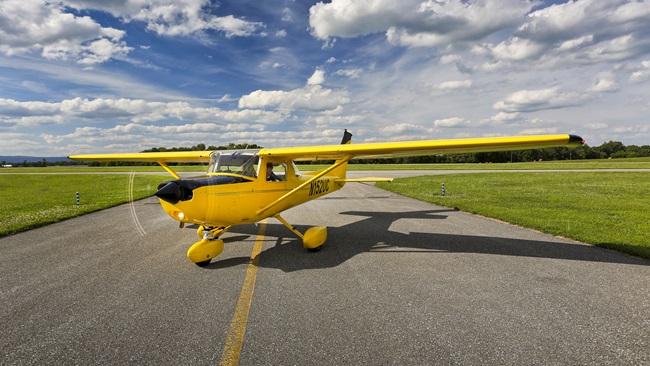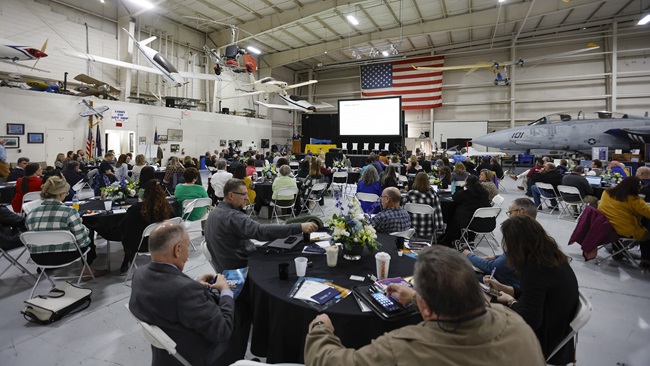You are flying
AOPA’s You Can Fly initiatives ‘moved the needle’ in 2017
Rusty pilots are returning to the cockpit. Flying clubs are starting up and taking off. High schools are taking a new opportunity to bring aviation into their science and technology curriculums, and a spotlight is shining on the all-important flight training industry’s best practices, and practitioners, based on feedback from their customers.
That, in a few words, is what the upbeat results of the four initiatives of AOPA’s You Can Fly program—made possible by donations to the AOPA Foundation—reveal about AOPA’s top-priority efforts in 2017 to “move the needle” toward growing the general aviation pilot population and creating accessible, affordable ways to fly.
Rusty pilots returning
Many lapsed pilots have discovered that getting back into flying after an absence of a few years, or more, is easier than they thought, as more than 8,000 pilots took advantage of opportunities to get back in the game by attending more than 250 AOPA Rusty Pilots Seminars across the country in 2017.
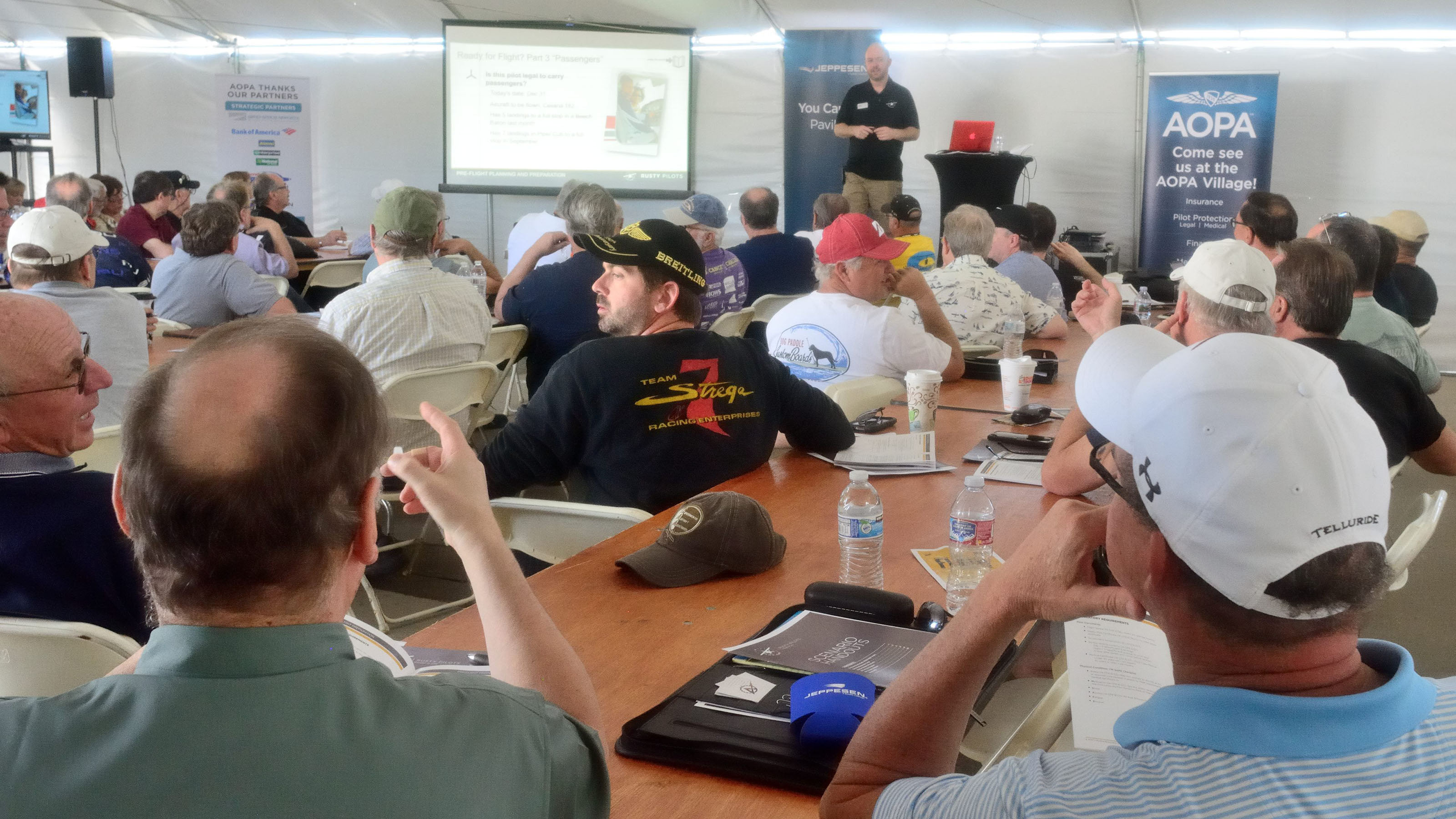
AOPA had geared up for a surge in activity because it was known as the year began that the FAA’s new BasicMed program, a medical qualification alternative that allows many pilots to fly recreationally without a third class medical certificate, would take effect on May 1, 2017.
As expected, BasicMed turned out to be a major factor in helping the Rusty Pilots Program, which is overseen by Elizabeth Tennyson, AOPA vice president for aviation program operations, surpass its goal of helping 35 percent of pilots who attended Rusty Pilots Seminars go on to complete their flight reviews and resume flying as pilot in command.
As of year’s end, the number of flight reviews completed as a percentage of seminar attendances was a very upbeat 37 percent. Since the program began, more than 4,600 rusty pilots have returned to active flying, Pribyl said.
New flying clubs
Fly more, pay less, and enjoy the camaraderie of fellow pilots who can congregate at their own special place at the airport: That’s what flying clubs do for the GA community.
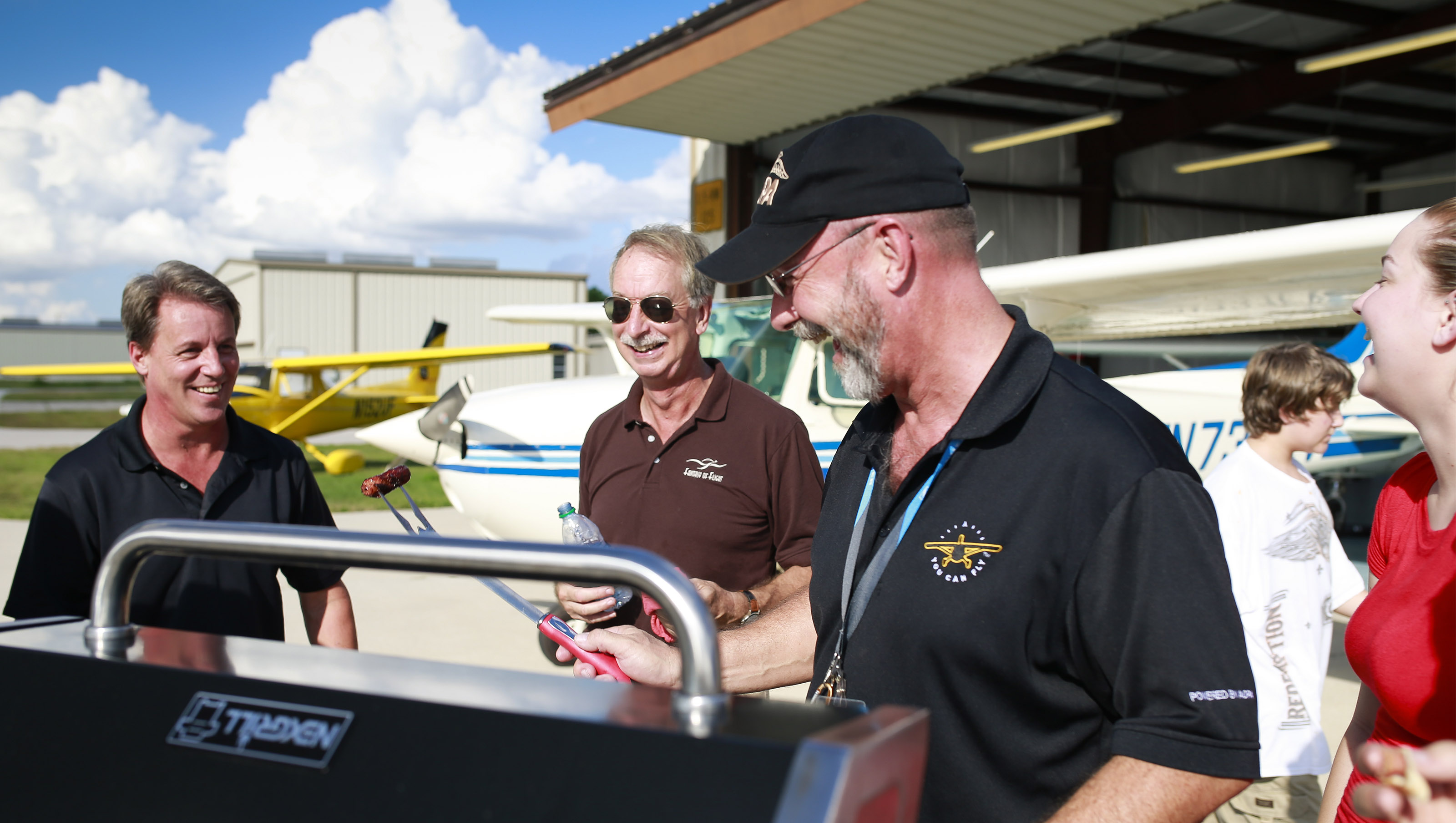
In 2017, 30 new flying clubs were created with every-step-of-the-way support from the AOPA Flying Clubs initiative.
Those new flying clubs doubled the number of start-up flying clubs AOPA has helped launch since the initiative began two and a half years ago, Pribyl said, adding that flying clubs, with their special combination of affordability, access, and community, truly represent “the future of general aviation.”
Start-up clubs expand their reach by connecting to their peers in the 815-member AOPA Flying Club Network that offers benefits including a preferred listing in the online Flying Club Finder; a place in the AOPA Flying Club Network Facebook group; receiving AOPA’s Club Connector newsletter; guidance information from the Resource Library; insurance and financial services; flying club research; and invitations to AOPA socials at major air shows and fly-ins.
Use the AOPA Flying Club Finder to check for a flying club near you.
The flight training experience
Excellence in flight training is critical to student success and aviation’s future. In recognition of that key role, each year AOPA honors the best of the best in the industry, based on survey responses from flight training customers, with the annual Flight Training Experience Awards.
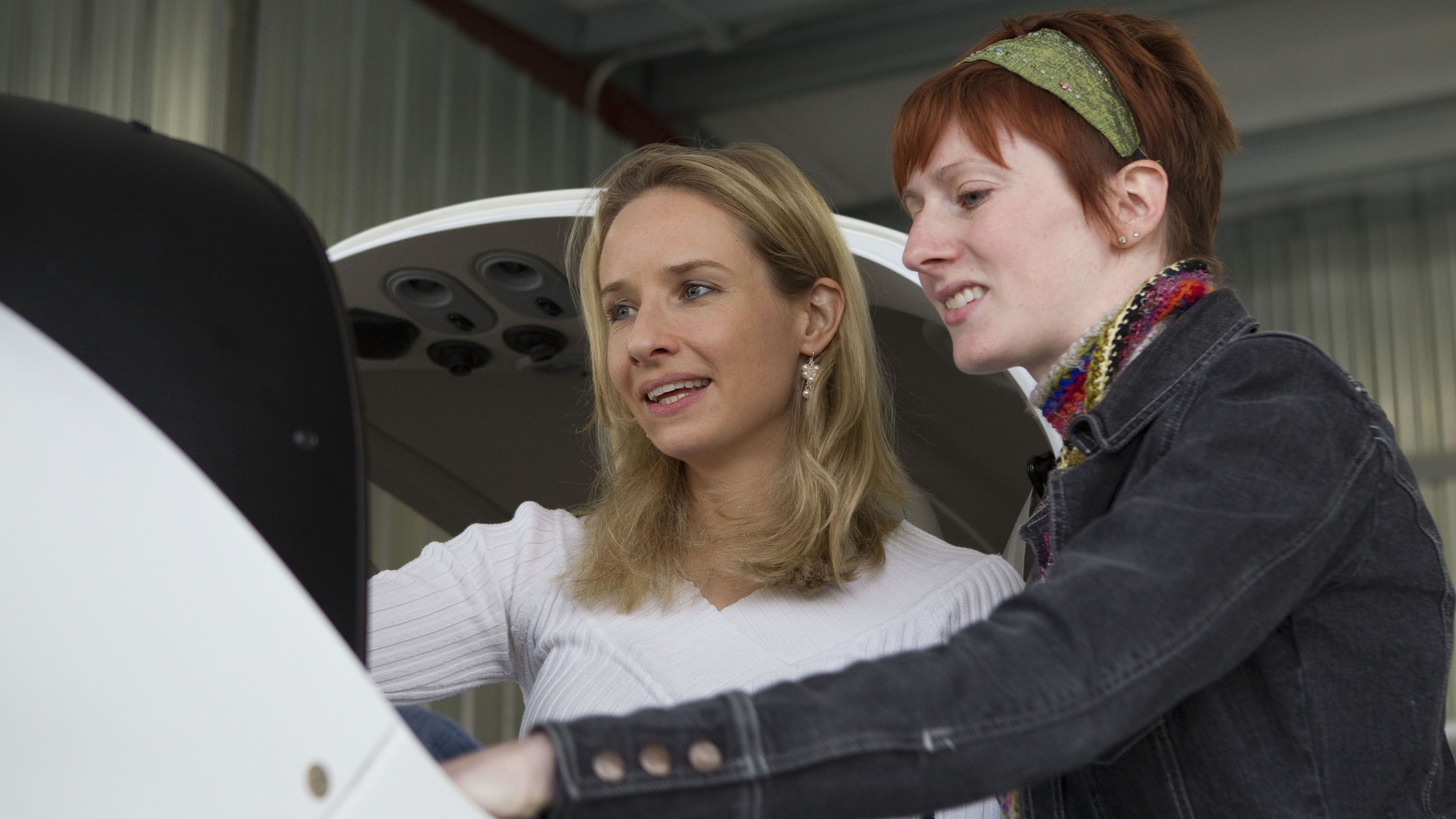
Participation in this process reached a new high in 2017, as approximately 7,000 people who had been aviation training customers within the past year responded to the annual survey.
Their input made it possible to recognize 90 flight schools and 70 certificated flight instructors for providing a top-quality customer experience, and to spread the word about the best practices that those institutions and individual aviation educators use to achieve their success.
Looking forward, the Flight Training Initiative also is working to develop new programs to support and enhance flight school operations, Pribyl said.
High school initiative
No strategy for assuring aviation’s future would be complete without creating an appropriate place for aviation courses in science, technology, engineering, and math (STEM) education at the high school level, and making students aware of aviation’s potential to offer a variety of career choices.
Cindy Hasselbring, senior director for the AOPA High School Initiative, is leading just such an effort—one that has so far resulted in 29 high schools field-testing a ninth-grade curriculum.
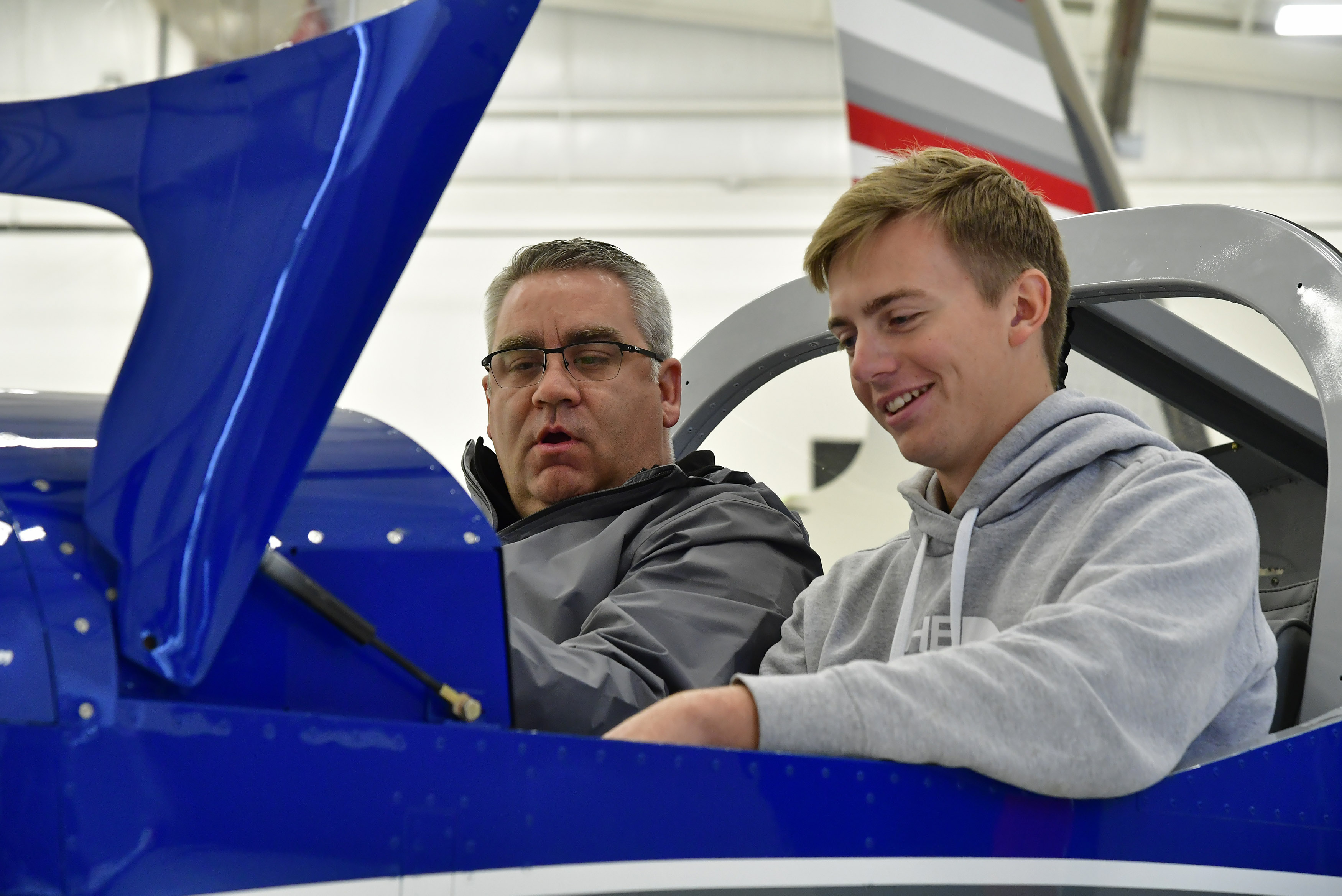
The four-year curriculum that “meets national math and science standards and is totally free to any school that wants it: public, private or charter school,” is being developed in three potential career pathways including piloting, unmanned aerial systems, and airspace engineering.
There are currently more than 700 ninth-grade students studying under the program’s course offerings, and the early results have shown great promise, Pribyl said.
Supporting STEM educators is an essential part of the initiative, and in 2017, the third annual AOPA High School Aviation STEM Symposium, presented by American Airlines at the C.R. Smith Museum in Fort Worth, Texas, set a new attendance record with more than 250 participants including teachers, principals, and school administrators.
The 2018 AOPA High School Aviation STEM Symposium will be held Nov. 5 and 6 at the Louisville Marriott Downtown, in Louisville, Kentucky.
Aviation scholarships
Support for promising students is an important part of the mix, and last June, AOPA announced 23 scholarship recipients under the 2017 AOPA You Can Fly High School Flight Training Scholarship Program, made possible by donations to the AOPA Foundation.
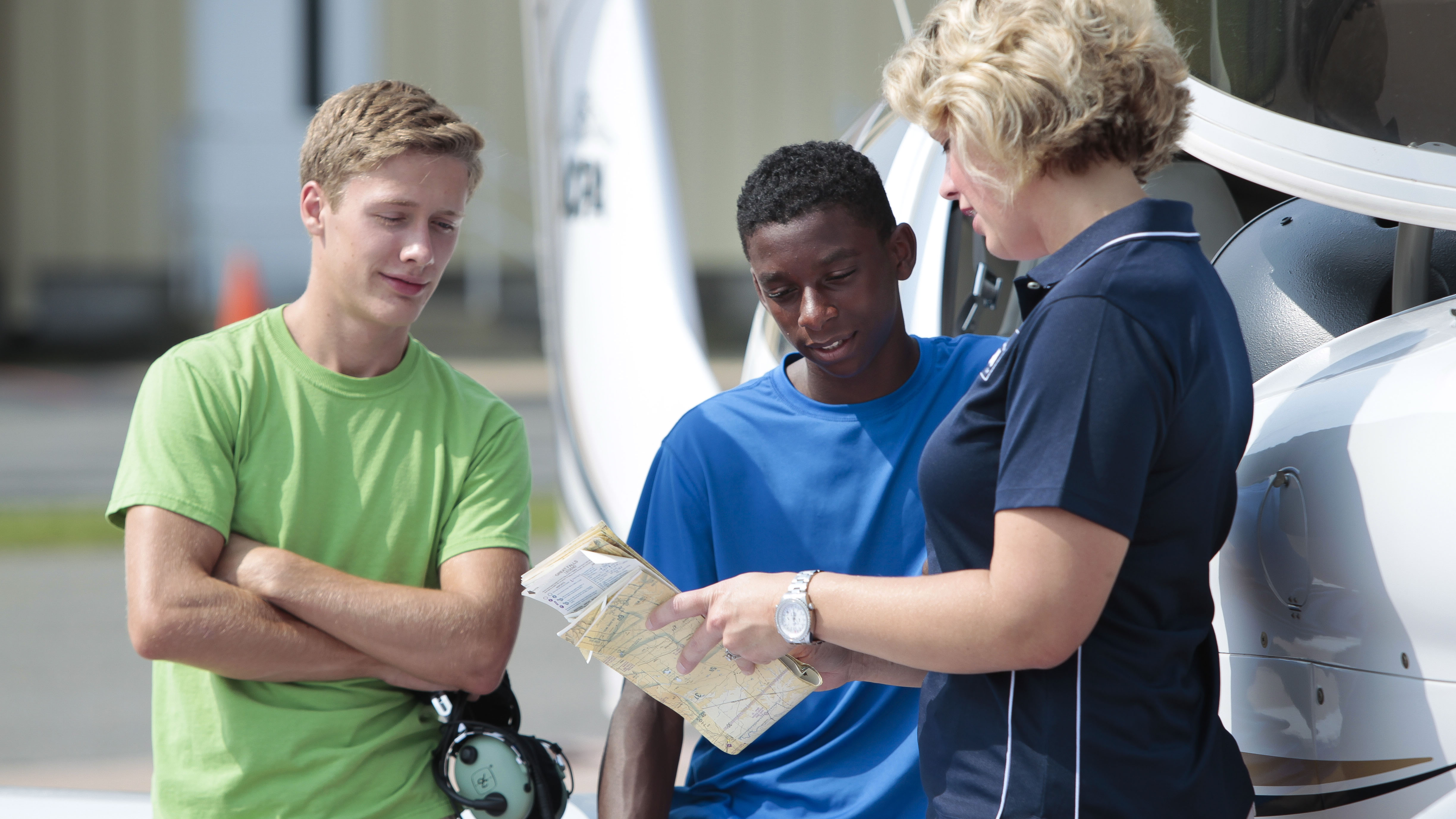
Already, news has reached AOPA of scholarship recipients accomplishing new flight training milestones including first solos, Pribyl said.
Looking ahead, AOPA remains committed to finding solutions to the challenges connected with keeping GA viable, and will stay focused on bringing new members into the GA family while keeping the pilot population active and engaged.
“We’re working to get more pilots flying more. To do that we need to offer services that can make a meaningful difference for pilots, and future pilots, no matter where they are in their aviation journey,” Pribyl said. “That’s why the You Can Fly program has so many different aspects.” She encouraged AOPA members to learn about the You Can Fly initiatives, and to get involved, perhaps by connecting a local high school with the AOPA High School Initiative, helping an individual pilot use AOPA resources to find and join a flying club, or connecting a lapsed pilot to a Rusty Pilots seminar.
“Whenever you need us, the You Can Fly program is here,” she said.
The You Can Fly program and the Air Safety Institute are entirely funded by charitable donations to the AOPA Foundation, a 501(c)(3) organization. To be a part of the solution, visit www.aopafoundation.org/donate.



